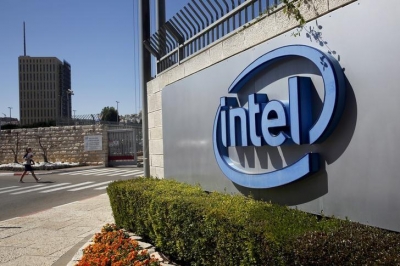In a significant move, chip-maker Intel on Wednesday said it will work with British chip designer ARM to build low-power compute system-on-chips (SoCs).
The collaboration will focus on mobile SoC designs first, but allows for potential design expansion into automotive, Internet of Things (IoT), data centre, aerospace and government applications.
ARM customers designing their next-generation mobile SoCs will benefit from leading-edge Intel 18A process technology, which delivers new breakthrough transistor technologies for improved power and performance.
“Intel’s collaboration with ARM will expand the market opportunity for Intel Foundry Services (IFS) and open up new options and approaches for any fabless company that wants to access best-in-class CPU IP and the power of an open system foundry with leading-edge process technology,” said Pat Gelsinger, CEO of Intel.
Intel is currently investing in leading-edge manufacturing capacity around the world, including significant expansions in the US and the EU, to serve sustained long-term demand for chips.
“ARM’s collaboration with Intel enables IFS as a critical foundry partner for our customers as we deliver the next generation of world-changing products built on ARM,” said Rene Haas, CEO of ARM.
This collaboration will enable a more balanced global supply chain for foundry customers working in mobile SoC design on ARM-based CPU cores. By unlocking ARM’s leading-edge compute portfolio and world-class IP on Intel process technology, ARM partners will be able to take full advantage of Intel’s open system foundry model, which goes beyond traditional wafer fabrication to include packaging, software and chiplets.
Intel 18A delivers two breakthrough technologies, PowerVia for optimal power delivery and RibbonFET gate all around (GAA) transistor architecture for optimal performance and power.
“IFS and ARM will develop a mobile reference design, allowing demonstration of the software and system knowledge for foundry customers,” said the companies.

























